Across the stone cities of the American Southwest, cliff dwellings cling to canyon walls like last messages written in sandstone. For more than a century, archaeologists and visitors have wondered why the people who built them – often called the Anasazi, more respectfully known today as the Ancestral Puebloans – seemed to depart in the late thirteenth century. Was it drought, conflict, spiritual upheaval, or something subtler that moved tens of thousands across the landscape? A wave of new science is reframing the mystery as a story not of disappearance but of transformation, migration, and resilience. The fresh picture is more human, more complex, and far more relevant to a warming, water-stressed world.
The Hidden Clues

What if a society didn’t vanish at all – just changed its address and its rules for living? The first clue hides in pattern, not drama: villages shrink in one canyon as plazas fill in another, with pottery styles, kiva layouts, and maize varieties traveling alongside people. When researchers map these shifts site by site, the supposed collapse reads more like a coordinated relocation, nudged by harsh climate swings and social recalculations.
Architecture becomes a kind of diary, with towers bristling on defensible ridges while room blocks reorganize around open plazas that encourage gathering. Ceramic fingerprints – colors, tempers, and designs – trace communities moving from Mesa Verde and Chaco-linked regions toward the Rio Grande and the Little Colorado. Even the roads, some arrow-straight across miles of desert, hint at networks built for movement as much as monument.
From Ancient Tools to Modern Science

Tree-ring dating, perfected in the Southwest, gives day-by-day resolution to droughts and building booms, turning beams from ancient roofs into climate graphs and construction timelines. High-resolution drone mapping and lidar reveal roads and room blocks hidden under sagebrush, exposing how settlement clusters grew, fused, or dissolved over a few generations. Geochemical sourcing ties obsidian blades to volcanic outcrops and paints an old trade web with modern precision.
Isotope analysis on maize kernels and sediments shows where water flowed and fields thrived, while microbotanical residues clinging to grinding stones record diet shifts that spreadsheets alone would miss. New Bayesian models blend radiocarbon dates with stratigraphy to test competing timelines rather than rely on hunches. All of it points to a society that adapted repeatedly – until one long dry spell and a tangle of social pressures asked for a bigger answer than minor tweaks.
The Climate Puzzle
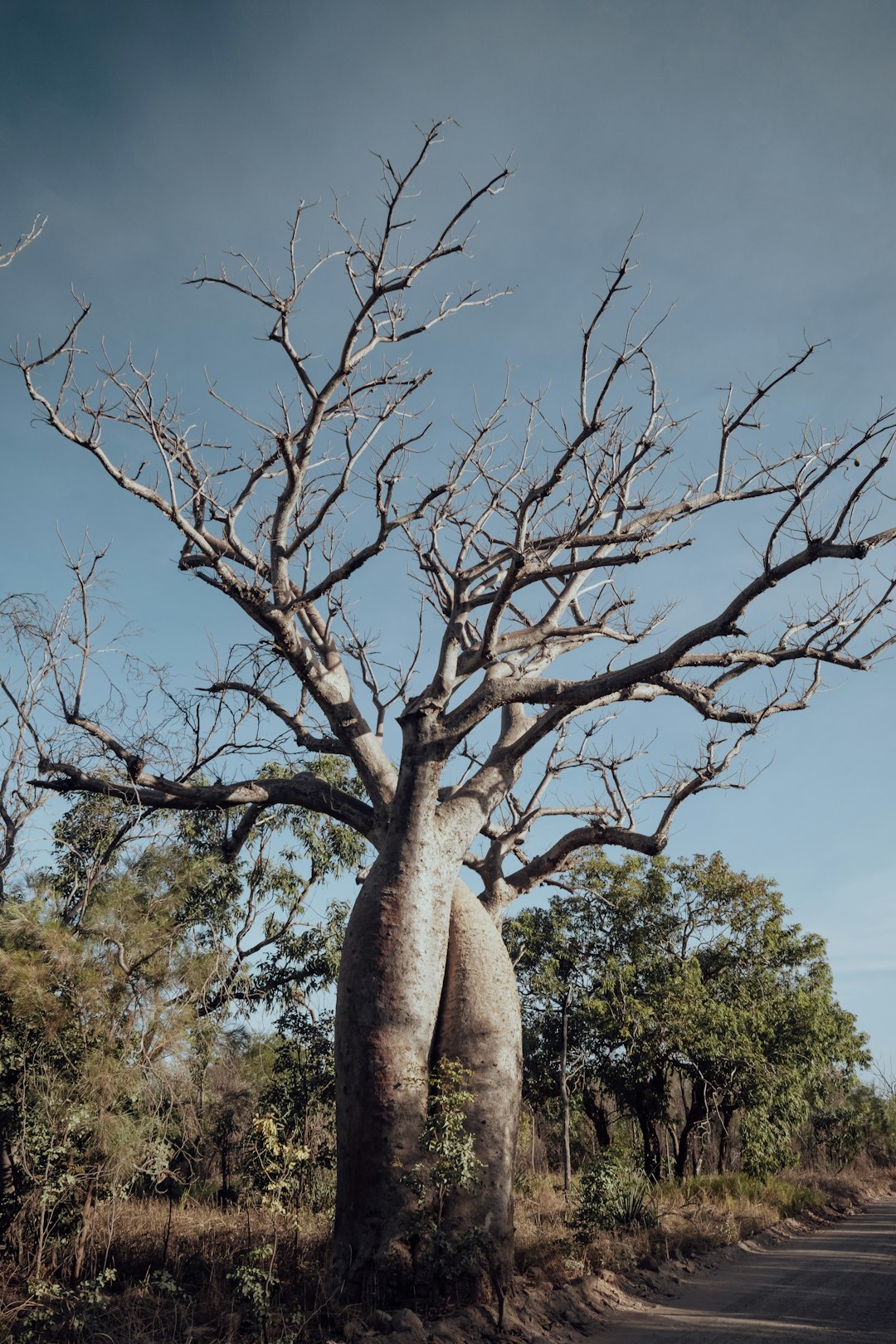
Tree rings tell a stark story: a multi-decade drought at the end of the 1200s dealing repeated blows to rain-fed fields and reservoirs. It wasn’t a single bad year; it was the kind of persistent dryness that makes planning impossible and pushes families toward relatives and river valleys with more reliable flow. Speleothems – cave formations that grow with dripwater chemistry – echo the tree-ring tale, showing broad-scale aridity that would have tested even the best-managed check dams.
Climate, though, wasn’t the lone culprit; it was the stage that magnified every other stress. A society reliant on maize, turkeys, and stored water is extraordinarily clever yet still tethered to seasonal rains. When those faltered for years on end, the rational response wasn’t panic, it was movement, and the archaeological record reads that choice with surprising clarity.
The Human Story

I still remember standing at the edge of Cliff Palace in winter light, feeling the wind scrape the canyon while trying to imagine carrying water jars up those ladders. Life here worked because communities cooperated – sharing labor, ritual, and harvests – and because they trusted cycles to return. When the cycles bent too far, leaders had to persuade people that the best path forward lay elsewhere.
Migrants did not wander blindly; they joined established villages along the Rio Grande and on the Hopi Mesas, carrying recipes, rituals, and craft traditions. Rooms opened toward bigger plazas, signaling a social pivot toward public gathering and perhaps different forms of decision-making. The result wasn’t a ghost; it was a new constellation built from familiar stars.
Signals of Stress and Adaptation
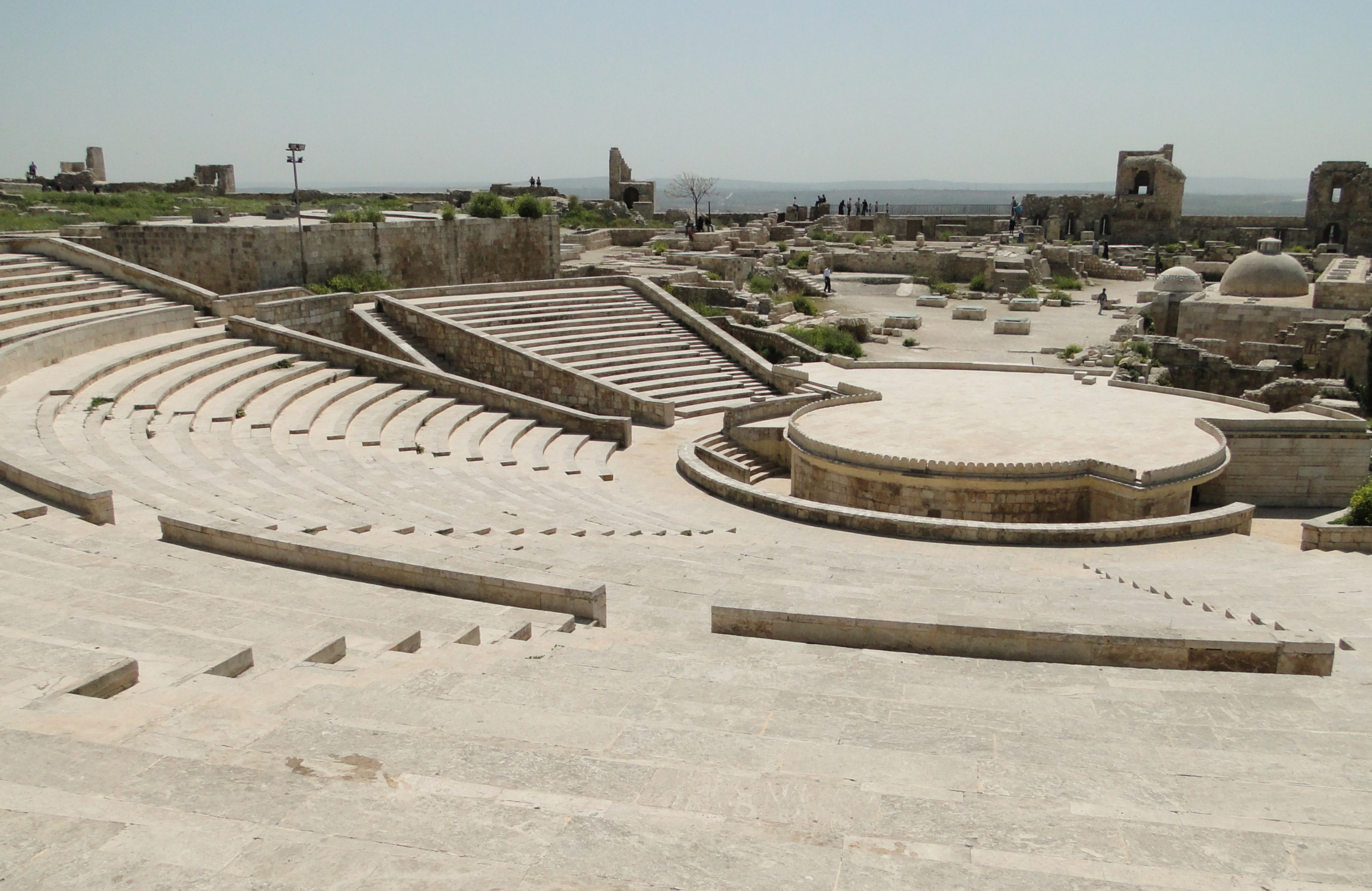
Before the big moves, warning lights blinked: palisades rise around some settlements, towers appear near water sources, and sites shift to cliffs and mesas that trade convenience for safety. Trauma marks on a subset of skeletal remains and sudden site abandonments hint at episodes of conflict, whether between neighbors or sparked by migration pressures. At the same time, farmers experimented with floodplain fields, check dams, and terracing, squeezing more stability from fickle runoff.
Diet shows adaptation too, with more emphasis on stored maize and turkey husbandry when game thinned or hunting became dangerous. Pottery standardizes in some places, perhaps signaling tighter community rules during scarcity, while in-migrant styles introduce diversity elsewhere. The arch of evidence suggests a society testing multiple strategies and, when those failed, choosing the hardest and smartest option: relocation at scale.
Why It Matters

This isn’t just a Southwestern saga; it’s a case study in how complex societies negotiate environmental risk. Modern cities often bet on bigger dams, deeper wells, and longer pipelines – the engineering equivalent of doubling down – while the Ancestral Puebloans ultimately diversified by moving. Comparing those choices forces a question that feels uncomfortable but timely: when does resilience mean staying put, and when does it mean knowing when to go?
The lesson extends beyond water. Social networks, governance, and shared ritual can buffer shocks, but they also need openness to change when conditions shift beyond known bounds. Today’s Southwest faces longer, hotter droughts and booming populations, and the archaeological record serves as both mirror and warning label. Studying it is not nostalgia; it’s pragmatic risk management.
The Future Landscape
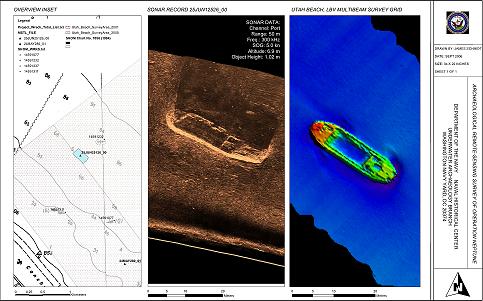
Next-generation lidar and satellite radar will soon map buried canals and roadbeds across entire basins, turning patchy site maps into full regional tapestries. Drone photogrammetry can monitor erosion and vandalism in near real time, protecting sites while capturing fine architectural detail before it’s lost. Proteomic residue studies on pottery and grinding stones may clarify diet diversity and seasonal cooking patterns that starch grains alone can’t resolve.
Isotopic tracers in human and animal remains, pursued in concert with descendant communities and strict ethics, can refine migration pathways without erasing cultural dignity. Meanwhile, climate reconstructions stitching tree rings to lake cores and cave chemistry will test how storms, monsoons, and snowpacks behaved during the relocation window. Combine those datasets with open, Indigenous-led research frameworks, and the next decade could replace the last ambiguities with a humane, community-centered narrative.
Global Perspectives
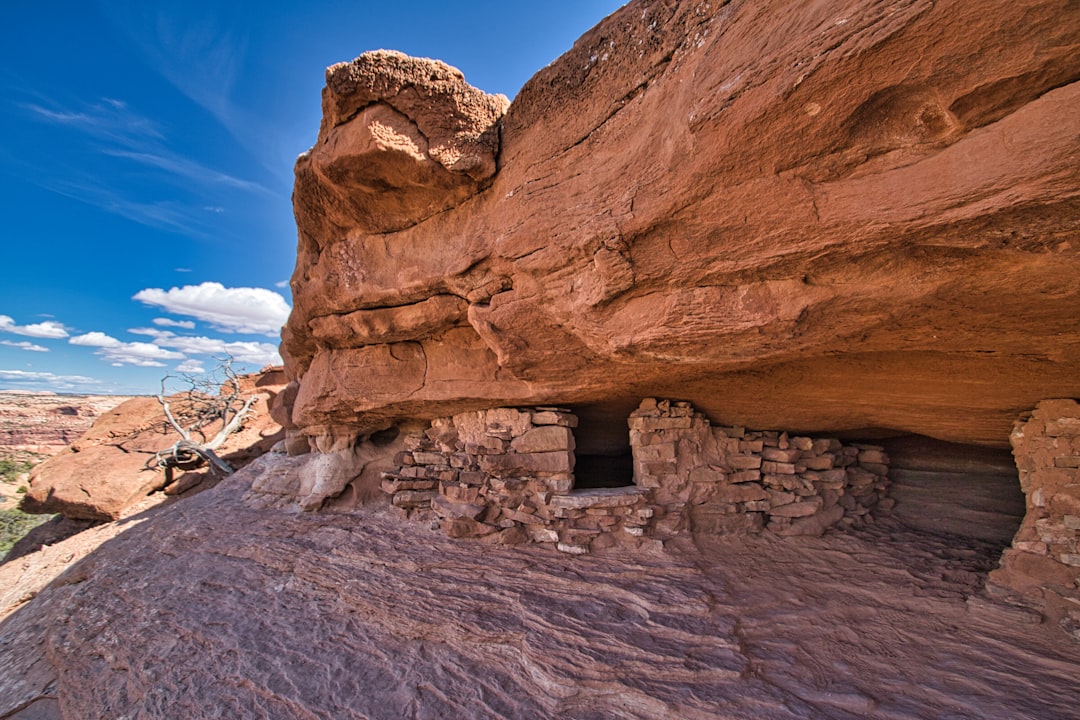
The Ancestral Puebloan story resonates with other societies that reorganized under pressure, from Norse Greenlanders to Classic Maya and Angkor’s urban networks. In each case, climate stress amplified existing vulnerabilities, but outcomes hinged on social choices – migration, trade reconfiguration, or political reform. The most sobering pattern is not collapse itself; it’s the lag between early warning and decisive action.
Seen this way, the Southwest becomes a living laboratory for understanding risk cascades in drylands worldwide, from the Sahel to Australia’s interior. If a preindustrial society could pivot across hundreds of miles with culture intact, modern regions can reimagine water sharing, housing, and energy with far greater tools. The question is whether we’ll use them before conditions make the choice for us.
Call to Action
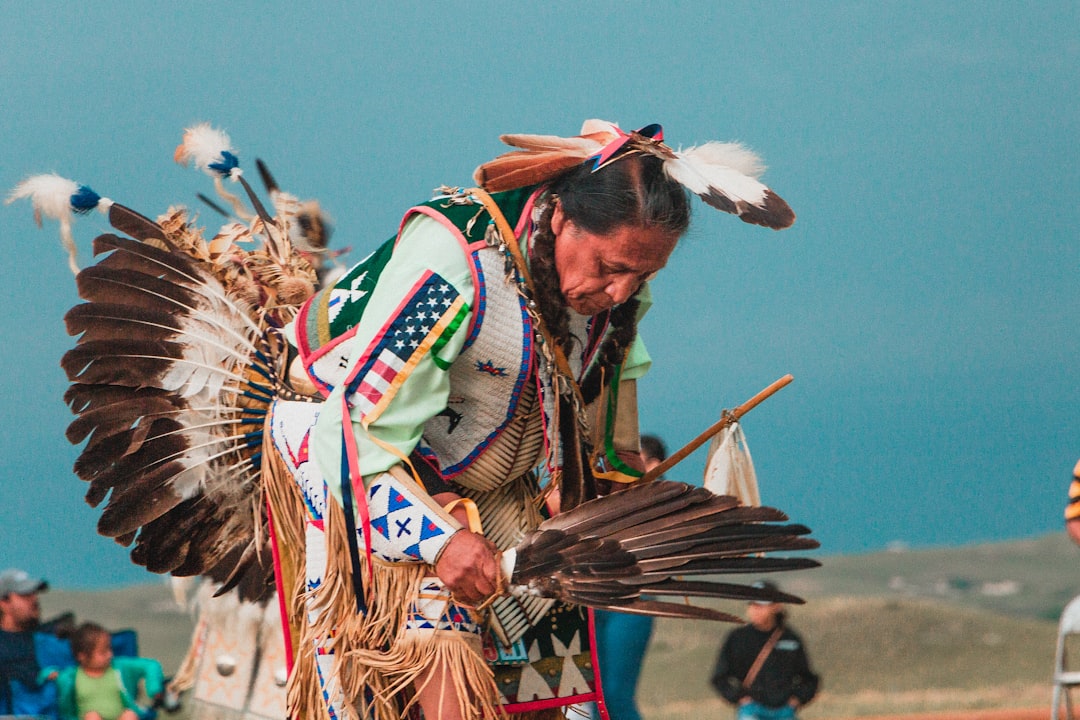
Visit with respect: choose parks and tribal museums that partner with descendant communities, stay on trails, and skip unauthorized site shares on social media. Support collaborative research by backing nonprofits that fund Indigenous-led archaeology and site stewardship, and volunteer locally for cleanup and documentation days when invited. At home, treat water like the scarce, shared resource it is by replacing lawns, fixing leaks, and advocating for equitable regional water plans.
Most of all, keep the story honest by using the name Ancestral Puebloans and recognizing living Pueblo communities as heirs, not footnotes. The past doesn’t vanish; it moves, adapts, and asks us to pay attention. Will we?

Suhail Ahmed is a passionate digital professional and nature enthusiast with over 8 years of experience in content strategy, SEO, web development, and digital operations. Alongside his freelance journey, Suhail actively contributes to nature and wildlife platforms like Discover Wildlife, where he channels his curiosity for the planet into engaging, educational storytelling.
With a strong background in managing digital ecosystems — from ecommerce stores and WordPress websites to social media and automation — Suhail merges technical precision with creative insight. His content reflects a rare balance: SEO-friendly yet deeply human, data-informed yet emotionally resonant.
Driven by a love for discovery and storytelling, Suhail believes in using digital platforms to amplify causes that matter — especially those protecting Earth’s biodiversity and inspiring sustainable living. Whether he’s managing online projects or crafting wildlife content, his goal remains the same: to inform, inspire, and leave a positive digital footprint.


